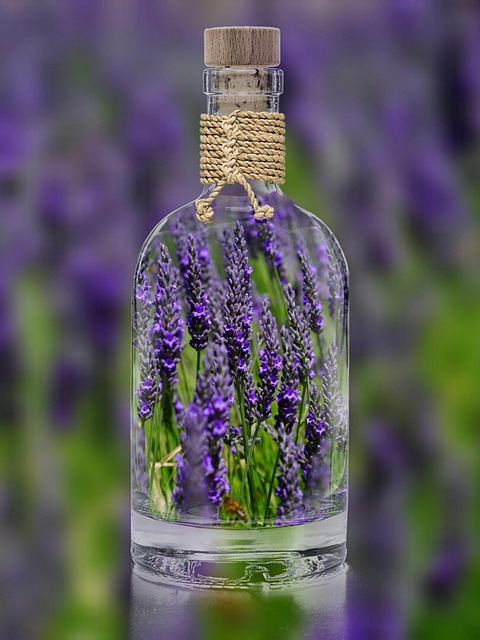Summer plant care involves strategic watering, protection from intense sunlight, pest management, and gradual transitions to cooler seasons. Key practices include organic mulching, sun shielding, balanced fertilization, pruning adjustments, and humidity maintenance for both indoor and outdoor plants during summer to ensure health and longevity.
In the ever-changing seasons, understanding how to adapt your greenery is key to maintaining a thriving indoor and outdoor oasis. This guide delves into the art of seasonal transitions, focusing on summer’s heat and its impact on plants. Discover practical strategies for caring for indoor plants during the hottest months and explore outdoor plant care techniques to safeguard foliage from the sun’s relentless rays. By fall, learn how to seamlessly transition your plants, ensuring they flourish through winter.
Summer's Heat: Indoor Plants' Adaptation Strategies
During summer, indoor plants face higher temperatures and reduced humidity compared to their outdoor counterparts. To adapt, they employ various strategies. Many tropical species, for instance, have broad leaves that help them evaporate water more efficiently, cooling down the plant and its surroundings. Some plants also change their growth patterns, producing lush foliage in response to the increased light and warmth.
In terms of summer plant care, this often involves providing adequate sunlight, maintaining proper watering routines, and ensuring sufficient airflow. Misting leaves can help restore humidity levels, while moving plants away from heating vents or air conditioners can prevent excessive dehydration. These adaptations not only ensure indoor plants’ survival during the summer but also enhance their overall health and longevity.
Outdoor Plant Care During Hot Months
During hot months, outdoor plant care requires special attention to ensure their health and vibrancy. As temperatures soar, it’s crucial to provide adequate water, ensuring soil remains consistently moist but well-drained. Regular watering in the morning or evening helps prevent rapid evaporation due to intense sunlight. Additionally, consider using organic mulches around plants to conserve moisture, regulate soil temperature, and suppress weeds.
Sun protection is another vital aspect of summer plant care. Many plants are sensitive to excessive direct sunlight, which can lead to scorched leaves and stunted growth. Providing partial shade or using sun shields can help protect delicate foliage. Regular monitoring for common pests like aphids and spider mites is essential, as these intruders thrive in warm, dry conditions. Timely intervention with organic pesticides or neem oil can prevent significant damage.
Transitioning Plants: From Summer to Fall
As summers wane and fall approaches, it’s time to adapt your indoor and outdoor plant care routines. This transition requires a thoughtful approach as plants acclimate to cooler temperatures, shorter days, and changing humidity levels. For outdoor plants, gradually expose them to fewer hours of direct sunlight to prepare them for the fall season. Consider moving container plants to shadier spots or bringing potted plants indoors to protect them from sudden cold snaps.
In terms of summer plant care, ensuring adequate water remains crucial during this transition period. While many plants slow down their growth in fall, they still need moisture to thrive. Adjust your watering frequency based on the specific needs of each plant species and environmental conditions. Additionally, providing a balanced fertilizer can help sustain their health as they prepare for dormancy or winter rest.
Winter Preparations for Both Indoor and Outdoor Greenery
As winter approaches, it’s crucial to prepare both indoor and outdoor greenery for the seasonal transition. For outdoor plants, this involves a few key steps. First, ensure they’re well-watered before the ground freezes to prevent damage from drought. Next, apply a layer of organic mulch around the base to insulate roots and conserve moisture. Consider moving sensitive species indoors or providing them with protective coverings to safeguard against extreme cold and frost.
Indoor plants also require specific winter care. During cooler months, these plants may need less frequent watering as they tend to grow more slowly. However, maintain consistent humidity and avoid placing them near drafty windows or doors. Regularly cleaning their leaves can also help improve air quality and promote healthier growth. Moreover, summer plant care practices like pruning and fertilizing should taper off in winter to allow plants to rest and conserve energy for the next growing season.
As seasons change, so do our plant care routines. By understanding how indoor and outdoor plants adapt during summer heat and transition into fall, we can ensure their longevity. Implementing simple strategies for both indoor and outdoor plant care during the hot months will prepare them for the cooler weather ahead. Remember, proper preparation is key to keeping your greenery healthy and vibrant all year round, making your living space a lush oasis regardless of the season.
